If you are a keen traveller currently on an excursion in Kenya, you should not miss Ngong Hills, located along the Great Rift Valley near Nairobi. The word Ngong has been derived from the phrase “enkong’u emuny” which translates to Rhinoceros’ spring which lies close to the Ngong Town. The place is popular among all tourists due to its picturesque beauty and serene atmosphere. If you love to run or jog, you can consider this a heaven and have the best time here. Explore this destination with your family today and have the best life experience in Kenya.
About Ngong Hills
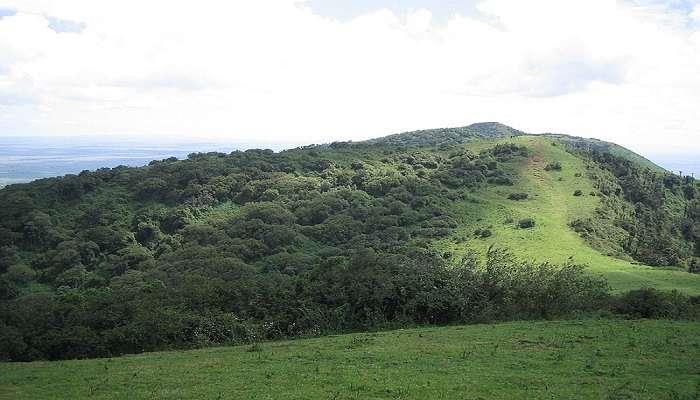
Image Credit: Rotsee2 for Wikimedia Commons
Ngong Hills is a popular tourist destination in Kenya, located southwest of Nairobi. The hills rise above 2460 meters above sea level and provide a picturesque scenery offering scenic views of nature. You can enjoy various activities like hiking, trekking, and riding a bicycle on nature trails. The hills are mainly known for the numerous windmills installed in energy projects.
Ngong Hills are easily accessible from Nairobi, located approximately 22 kilometres away, and well-connected via roads. Culturally, the place is heavily influenced and populated by people belonging to the Maasai community. In Maasai, the word Ngong means “knuckles” referring to the appearance of peaks. The region is filled with rich biodiversity, including various endemic species of flora and fauna. All local people have come together to preserve the natural environment here and promote ways to practice sustainable tourism.
Also Read: Flea Markets in Nairobi
Activities In Ngong Hills
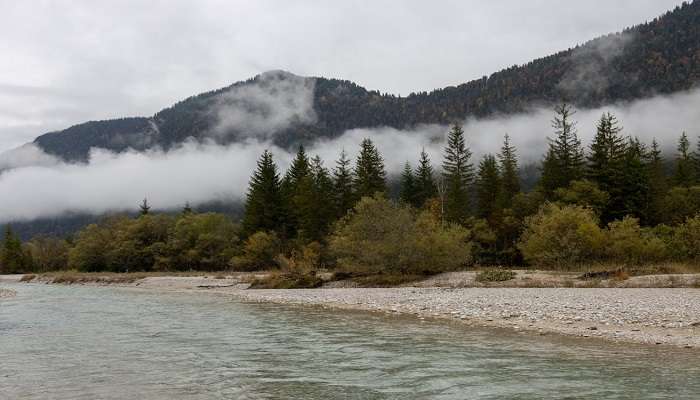
Ngong Hills offers various activities catering to all your likes and interests. The most common activities that this place is known for are hiking and trekking. You will find various treks with varying difficulties, suitable for beginners and experienced hikers. Visitors also have the option of hiring a guide for guided tours.
Various designated areas on the trail are also available for picnicking. You can enjoy a getaway with your family members. If you are a keen birdwatcher, you will surely be mesmerised by the variety of bird species you can spot here. Guided tours can be organized if you wish to learn more about the life of a regional avian. You can enjoy sports like paragliding and ziplining. The vast grounds of this landscape and the beautiful views make this an excellent destination for such sports.
Best Places to Visit Near Ngong Hills
Explore various beautiful places in Nairobi near Ngong Hills
1. Nairobi National Park:
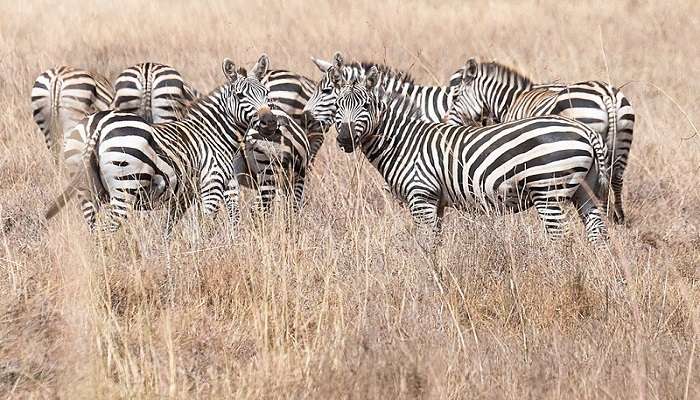
Image Credit: The Trump White House Archived for Wikimedia Commons
Nairobi National Park was established in 1946 and is home to various endemic species. It allows the migrating wildlife to travel across the southern boundary and move to the adjacent Kitengela plains. This national park was the first to be established in Kenya, and local Maasai pastoralists were removed from the area when it was created.
Location: Nairobi
Entry Fee: Non-residents: Adults: $40; Children $20;
Related Post: Bungee Jumping in Kenya
2. Oloolua Nature Trail:
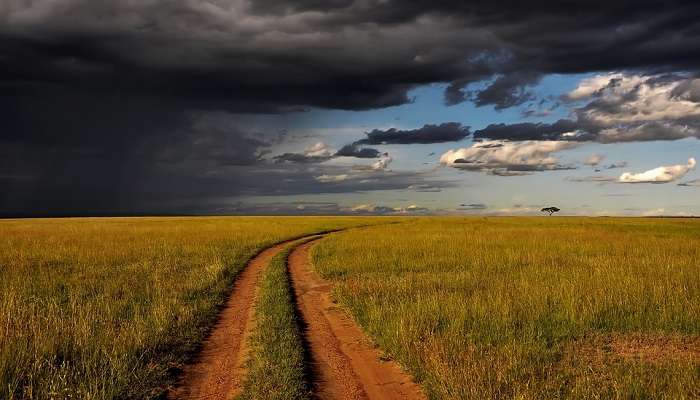
Oloolua Nature Trail is a spectacular safari destination in Nairobi. It is popularly known as a nature destination where you can enjoy the scenic beauty of forests and serene waterfalls. You can also visit the bamboo garden, which is open to all tourists and provides a comfortable visit during the safari.
Location: Nairobi
Entry Fee: 100 Ksh for citizens, 50 Ksh for kids below 13
3. Kazuri Beads Women’s Cooperative:

Image Credit:ilana for Pixabay
The Kazuri Beads Factory is a beautiful workshop of artisans in Mbagathi Ridge in Nairobi. This organization is renowned for making ceramic beads, pottery, and other jewellery items. The factory has a strong workforce of around 300 women from villages around the city. The factory was established in 1975 by Lady Susan Wood to provide women with a livelihood. Here, you can also get a chance to try a hands-on pottery experience. The word “kazuri” comes from the Swahili language and means small and beautiful, referring to the beauty of these beads. The factory started as a small pottery shop in a backyard and soon flourished as a well-established business.
Location: Mbagathi Ridge in Nairobi
Entry Fee: No Entry Fee
Related Post: Kenya Nightlife
Best Time To Visit Ngong Hills
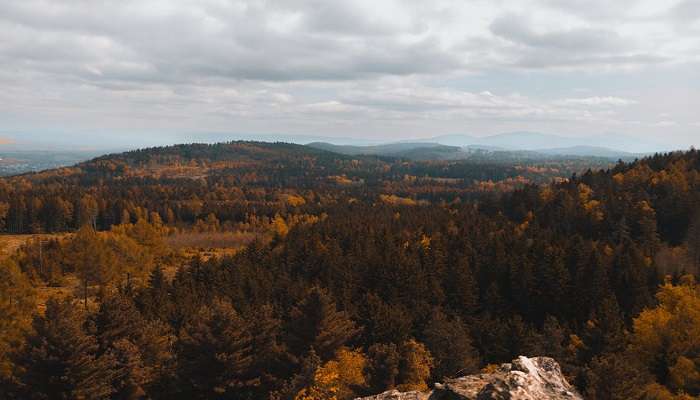
The ideal time to visit the Ngong Hills might depend on weather, crowds, and other personal preferences. However, the best time is to visit during the dry seasons, typically from January to March and June to October. At this time of the year, the weather is more predictable, and skies are clear with minimal or no rain.
You should avoid planning your visit during the rainy season from March to May when the rains are heavy and unpredictable. The best time to visit and start your trek is during the early morning hours when the temperature is more relaxed, the crowds are fewer, and visibility is generally better.
How To Get To Ngong Hills
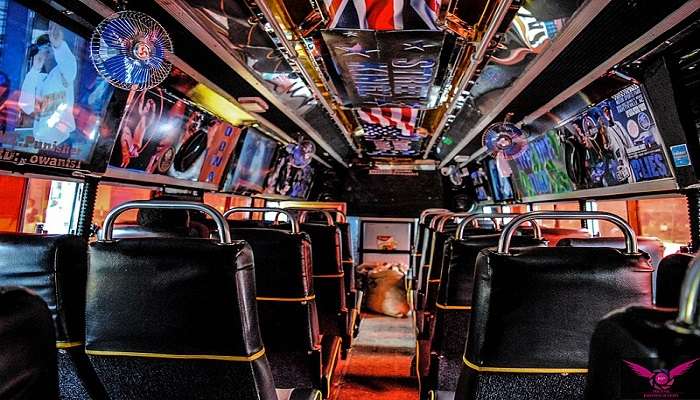
Image Credit: Mbugus medak for Wikimedia Commons
Getting to Ngong Hills is straightforward, especially if you start from Nairobi. You can access the hills by taxi or by self-driving, which takes about 45 minutes to one hour. The route usually starts from Ngong Road, which leads to Ngong Road. You can go down 2 km from Ngong town to the town centre and park your car at the entrance.
Various tour companies also provide a hassle-free shared tour option, including transportation, a guide, and, most often, additional recreation activities like planned picnics and bird-watching tours. During peak seasons, you might encounter severe traffic conditions, so it is recommended that you check the traffic conditions prior and plan your departure accordingly. Matatu (Shared Minibuses) are one of the most popular and affordable ways to travel around the town and are considered the most accessible mode of transport in Kenya. You might find a matatu in the town centre, and it usually takes an hour to Ngong Hills.
You May Also Like To Read: Honeymoon in Kenya
Now that you have a list of things to remember for your next vacation to Ngong Hills, make sure you plan your trip to Kenya to these fabulous spots for the experience of a lifetime. Don’t miss out on these opportunities; book your tickets now!
For our editorial codes of conduct and copyright disclaimer, please click here.
Cover Image Source: Pexels
Frequently Asked Questions About Ngong Hills
What is the entry fee for Ngong Hills?
The entrance fee for Ngong Hills is around Ksh 200. Ksh or Kenyan Shelling is the currency used in Kenya. Ksh 200 is equivalent to a dollar and a half in terms of USD.
How long is the hike to Ngong Hills?
The hike distance to Ngong Hills is about 12 km. However, the length may also vary depending on your chosen route. The starting point is often the Ngong entry point, and the trek ends at Kona Baridi, which is on the southern side of the hills.
How many Ngong Hills do you have to hike?
you will find seven hills in a row when you visit Ngong Hills. Typically, the hike begins from the first hill, but your starting points may vary. The second hill is steeper as compared to the first hill. The third hill is quite popular for being a rest area and offers a great location to take breaks. The fourth hill will question your physical fitness by presenting you with challenging ascents. The fifth, sixth and seventh hills are also full of serene surroundings and provide you with the best trekking experience.
What is the history of Ngong Hills?
In the early 20th century, European settlers began arriving in the area. The hills became part of the British colonial holdings, and the surrounding lands were used for farming and ranching. After Kenya gained independence in 1963, the Ngong Hills remained an important cultural and recreational site.
What is the timing for Ngong Hills?
The timings for Ngong Hills are from 6 am to 5 pm. However, if you are going for a safari trek, the recommended starting time is 10 am.
People Also Read:
South Africa In January South Africa In March South Africa In October

Passionate Marketing Student with a flair for storytelling, eagerly embarking on a journey within the vibrant world of travel. Excited to merge analytical acumen with creative skills to elevate the editorial landscape of the travel industry.











